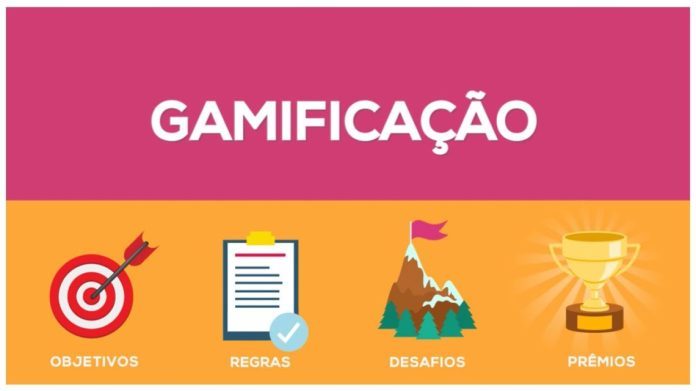
Gamification, as an innovative approach, uses game elements in non-game contexts with the aim of motivating and engaging people. Furthermore, by applying game mechanics, such as rewards, challenges and competition, it is possible to make tasks or processes more interesting and fun.
Applications of Gamification in Different Areas:
Gamification involves applying game elements and mechanics to contexts that are not necessarily related to games, with the aim of engaging, motivating and encouraging the target audience to perform certain actions. Furthermore, this approach has been widely used in different areas and sectors, bringing with it a series of benefits and positive results. Below, I will present some of the main applications of gamification in different areas:
Education:
In education, gamification is used to make the learning process more engaging and fun. Furthermore, through elements such as points, levels, challenges and rewards, students are encouraged to become more involved with the content, thus increasing motivation and interest in learning.
Corporate training:
In the business context, gamification has been applied to employee training. In this way, through simulations, interactive games and competitions, employees can acquire new skills, improve their performance and assimilate information more effectively.
Health and well-being:
It has also been used to encourage healthy practices and promote well-being. Therefore, mobile apps and devices use game elements to encourage regular exercise, adopting a balanced diet and achieving personal health goals.
Marketing and advertising:
Companies have been using gamification as a marketing strategy to increase consumer engagement. Brands offer promotions, challenges, and rewards to encourage interaction with them, sharing content on social media, and customer loyalty.
Human resources:
In the human resources area, gamification is applied to motivate and engage employees. Recognition and reward platforms and programs use game elements to promote a collaborative work culture, encourage the achievement of goals and improve productivity.
These are just some of the many applications in different areas. In addition, the approach has proven effective in motivating people, increasing engagement and making everyday tasks more fun and challenging, contributing to achieving better results.
Essential Elements of Gamification:
There are some essential elements of gamification that contribute to its success. These include:
- Clear objectives: Set specific, achievable goals for users.
- Rewards: Offer tangible or intangible rewards to encourage progress.
- Challenges: Create interesting and stimulating challenges to maintain engagement.
- Competition: Introduce competitive elements to encourage interaction between participants.
- Feedback: Provide constant feedback so users can track their performance.
Benefits of Gamification in User Experience:
Gamification brings several benefits to the user experience. Some of them include:
- Greater motivation: Game elements spark intrinsic motivation, making tasks more engaging.
- Long-lasting engagement: Gamification keeps users engaged for longer, increasing their satisfaction.
- Effective learning: By making the learning process more fun, gamification improves information retention.
- Customer loyalty: Gamification can create emotional bonds with customers, encouraging their loyalty to the brand.
How to Implement in a Project:
To implement gamification in a project, you need to follow these steps:
First, clearly define the goals you want to achieve with gamification. Then, identify the game elements that are appropriate for your audience and context. Develop attractive rewards and challenging challenges to engage participants. Also, create a scoring system or rankings to encourage healthy competition. Don’t forget to provide constant feedback and reward users’ progress throughout the process.
By following these steps, you will be well on your way to successfully implementing gamification into your project and achieving better results.
With this comprehensive guide to gamification, you’re now ready to explore this powerful engagement strategy in different areas. Plus, reap the benefits of gamification and motivate your audience in innovative and engaging ways.
